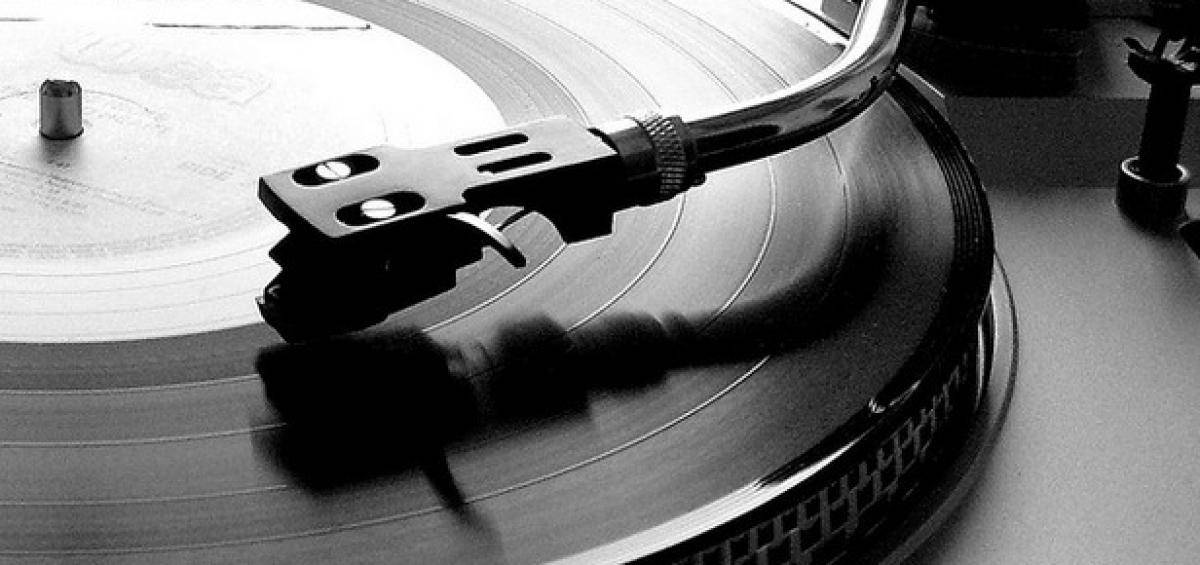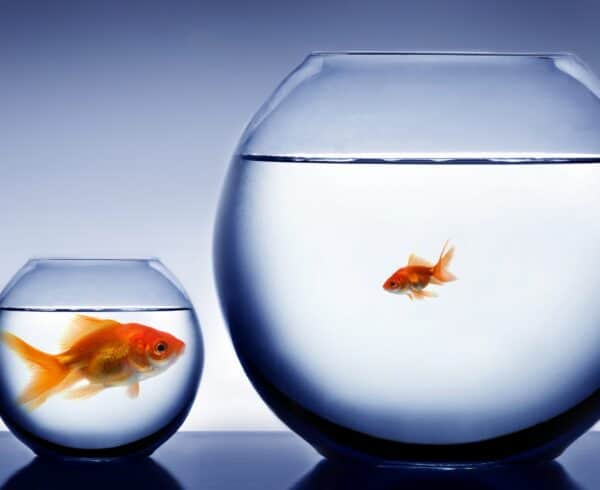Vinyl vs. Digital Music PRomotion Marketing Music UK Quite GREAT
For a long time, it was only ever about progression of technology. The vinyl died a sad death, making way for the unthinkably small compact disc and then music got so small, you couldn’t even see it anymore; it was simply a sound on a computer, helpfully transported onto your 128MB mp3 player for all your portable music needs. How could music get any more advanced than this?
Nothing has usurped the seemingly pinnacle-esque platform of the mp3, other than perhaps the addition of streaming services such as Spotify and Apple Music, but these are more or less along the same lines; the form of the music has not changed. But somehow, the last few years has seen a resurgence of the much loved vinyl, but why is this?
Vinyl vs. Digital Music PRomotion Marketing Music UK Quite GREAT
The Sound Quality
Can it simply be put down to the rise of the hipster and alternative counter-culture that we have also witnessed in recent years? Surely millions of people wouldn’t just follow the trend of these beard-wearing, craft-beer drinking types unless there was a valid reason, or perhaps they would if they’re quite that fickle.
But the main point comes in terms of sound quality and this is what the vinyl purists will always argue for. They say things like ‘It always sounds better on vinyl, on the platform that it was originally intended for’, but can the delicate nuances of the cartridge needle really deliver a higher fidelity sound quality than today’s modern re-mastering technology? The average mortal would assume not, but does the word ‘re-master’, in itself, connote that the first incarnation was indeed the best and it has had to be restored to its former, original glory?
At the end of the day, the sound quality battle is a showdown between analog and digital mediums. Whilst digital has allowed us to take the music we love on the move with us, it doesn’t necessarily have that warm and pure sound quality that you’ll find when listening to vinyl. It’s a debate that’s been going on for a long time now, but those of the vinyl persuasion will not even entertain the thought of digital being anywhere near as good.
When music is adapted for digital purposes, for things like smartphones or the radio, it has to be compressed which means a considerable amount of the original intended sound is lost. However, you will encounter no such problem with the humble vinyl; the music is exactly as it was meant to sound, so you know that as long as you’ve got yourself a decent amplifier and pair of speakers, you’re getting superior sound quality.
Vinyl vs. Digital Music PRomotion Marketing Music UK Quite GREAT
The Experience
Not only this, but there is also joy to be found in the physical process of buying and listening to records. First of all, some enthusiasts have labelled the actual experience of entering a record shop as a social venture; you spend a while casually browsing, not looking for anything in particular, then you strike up a conversation with a fellow vinyl fan who likes the same music as you and you end up swapping recommendations. Yes, this does happen, and it’s refreshing.
It’s better than sitting on your own with only your laptop for company whilst you download an album on your frightfully slow internet connection, right? Anyway, record shops are just cool places to be anyway. If you’ve ever been into a Rough Trade, then you’ll be aware of the cultural experience, aside from browsing records.
Vinyl vs. Digital Music PRomotion Marketing Music UK Quite GREAT
The Legacy
Think about it: in 30 to 50 years time, how valuable is your download of Dark Side of the Moon going to be? Zilch, that’s right; it’s intangible. But your vinyl copy in neat condition, with all the inserts and few scratches? Who knows? It could be worth a small fortune depending on the issue.
Even if you didn’t want to sell them, you can sit there with a smug grin on your face knowing that you have an amazing collector’s item that somebody else wants.
Vinyl vs. Digital Music PRomotion Marketing Music UK Quite GREAT
The Conclusion
Maybe we don’t always have to follow innovation. Evolution is inevitable in our ever-advancing technological world for the way we listen to music, but it seems after the vinyl revolution, it doesn’t look like it’s going to go away. Technology is there to help us and make our lives more efficient, which the streaming services have proved, but it can often take away the joy of something and for that reason, people will always love vinyl.
vinyl vs. Digital Music PRomotion Marketing Music UK Quite GREAT
Find out how Quite Great can get your band noticed – contact us today. We offer music PR and brand services. See our client list here.












Leave a Comment